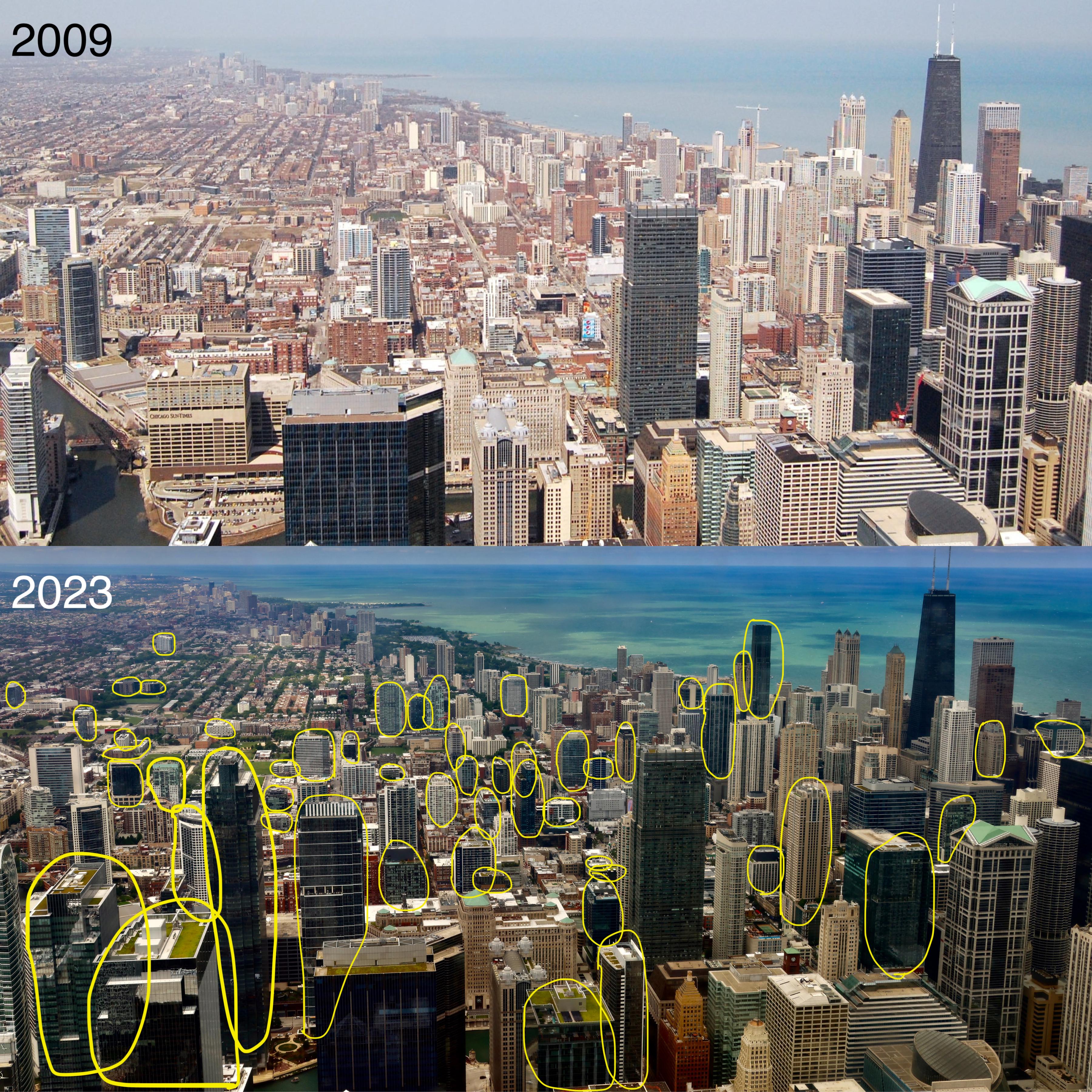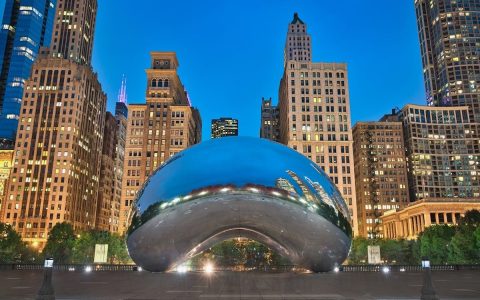The Chicago Spire, proposed in 2007 as a 2,000-foot residential supertall with nearly 1,200 luxury units, represented an extreme concentration of high-end supply poised to enter the market simultaneously around 2010-2011. Its impact on market predictions would have been profound both then and in any realistic "what if" scenario today.
Predicted Impact During the Pre-Crisis Boom (Then)
Market Distortion & Absorption Risk: The sheer scale of the Spire would have drastically skewed supply projections for Downtown Chicago, particularly the Near North Side and Gold Coast submarkets. Econometric models predicting absorption rates and price appreciation would have been rendered unreliable.
- Oversupply Concerns: Its planned delivery coincided with other major developments. Predictive models would have forecasted significant oversupply in the ultra-luxury segment, potentially exceeding absorption capacity.
- Pricing Pressure: To lease over 1,100 high-priced units rapidly, significant rent concessions or purchase discounts were likely necessary. This would have pulled down comps and depressed price growth predictions for existing and competing luxury buildings citywide.
- Shadow Inventory: Post-construction financing reliance meant the developer held massive potential inventory. Fear of bulk discounts flooding the market would have suppressed valuations and investor confidence predictions throughout 2008-2010.
Actual Outcome After Collapse & Impact on Predictions
Immediate Market Relief: When financing collapsed in 2008, it removed an enormous immediate supply shock. Market prediction models subsequently avoided worst-case oversupply scenarios.

- Vacancy Rates: Downtown condo vacancy rates spiked post-2008, but projections would have been significantly higher (potentially destabilizing) had the Spire units hit the market during the crisis.
- Shifted Development Focus: The Spire's failure, coupled with the crash, led to a prolonged retraction in mega-project predictions. Forecasting shifted towards smaller, phased developments with proven pre-leasing.
- Market Psychology: The abandoned site became a symbol of pre-crash hubris. Predictions incorporated heightened risk aversion and stricter financing feasibility analysis, dampening forecasts for speculative ultra-luxury towers.
Hypothetical Impact If Built Today (Now)
Supply Shock in a Maturing Market: Delivering over 1,000 ultra-luxury units instantly would overwhelm the current high-end segment.
- Saturation & Absorption: Downtown luxury absorption averaged around 500 units/year pre-pandemic. The Spire would represent 2+ years of typical supply absorption capacity instantly, collapsing rental rates and sales prices forecasts.
- Downward Pressure on Premiums: It would severely erode the price premium commanded by existing top-tier buildings. Predictions would need to factor in significant value depreciation for comparable properties.
- Development Viability: The project's failure and cost overruns, even completed, would likely render it financially unviable. Current forecasts would likely model it as a negative drag on neighborhood valuations due to high condo fees and operational complexity.
Ultimately, the Chicago Spire serves as a crucial case study in market prediction vulnerability. Its scale rendered traditional models inadequate pre-crash, its failure altered the recovery trajectory, and its hypothetical existence today would predictably distort luxury market equilibrium.







